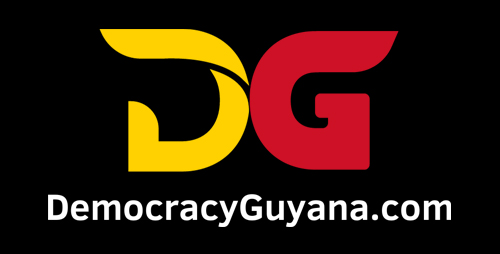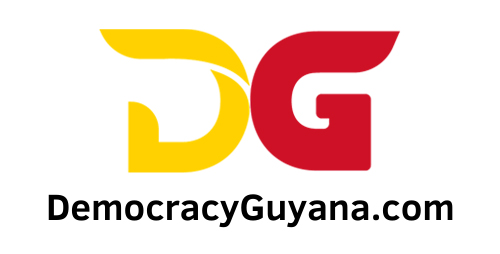A decade ago, in the aftermath of the 2008 global financial crisis, I argued in my master’s thesis that the world lacked an institutional framework capable of safeguarding financial stability for the most vulnerable economies. While institutions like the International Monetary Fund (IMF), World Bank (WB), and the Inter-American Development Bank (IADB) were created to stabilize and develop nations, their governance structures and regulatory frameworks were designed primarily for larger economies. Even the Financial Stability Board (FSB), housed at the Bank for International Settlements (BIS), operated under assumptions that simply did not fit the realities of small states. Basel conventions and other global banking standards were designed for advanced economies and only “tailorized” after the fact to suit small.
Small states have been forced to adapt global regulations that were never designed with their institutional and developmental realities in mind. The result is predictable: frameworks that constrain instead of support, that amplify vulnerability instead of mitigating it.
My recent research into the durability of the US dollar reinforces this point. Much has been made in policy circles and academic debate about “de-dollarization.” But when you move beyond rhetoric and study the balance-sheet mechanics of reserve use, trade imbalances, and debt service, the evidence points elsewhere. The apparent decline in USD reserves is not the product of global switching away from the dollar, but rather the predictable drawdown of dollar reserves to finance widening deficits and repay USD-denominated debt. In short, it is use, not substitution. This matters because the durability of the dollar rests not only on market depth and network effects but also on the institutional scaffolding of the postwar order: Bretton Woods, NATO, the United Nations (UN), the IMF, the WB, and the BIS. Together, these alliances and institutions sustain the ecosystem in which the dollar remains central. These institutions serve important functions, and the opportunity is to complement them with mechanisms that better serve the needs also of small states.
The challenge of policy is starkly visible in the accelerating withdrawal of correspondent banking relationships from small states—a practice known as “de-risking”—where global banks terminate clearance facilities that small economies need to access international
financial systems. Following 2008, enhanced AML/CFT compliance costs made it uneconomical for major banks to serve smaller jurisdictions, with the Caribbean and Small Island Developing States particularly hard-hit.
The consequences are severe: disrupted trade, reduced remittances, SME exclusion from finance, and ironically, pushing legitimate businesses into informal channels may actually increase rather than reduce financial integrity risks.
At this year’s United Nations General Assembly, Prime Minister Mia Mottley of Barbados reminded the world that the 2008 financial crisis, the pandemic, and recurrent fiscal shocks have laid bare the fragility of the global financial system. She argued for a truly rules-based order—one that protects the vulnerable and does not leave small states perpetually exposed to external shocks. Her words resonate deeply with this mission. Global rules such as the Basel conventions could benefit from adjustments for small states. If we are serious about financial stability, the opportunity is to enhance existing mechanisms with new investment vehicles and standards that align with the realities of small states.
That is precisely where the Small States Asset Class (SAC) initiative enters. Conceived by the BIG Ideas Foundation, founded by Adnan Hassan, an investor and former senior official of the World Bank Group, who served on the Bank’s Boards of Directors, SAC seeks to position small states collectively as an investable class. The logic is compelling: treat small states not as isolated aid recipients, but as a portfolio with exceptional returns, resilience potential, and global relevance. Size matters: The SAC Initiative encompasses all small states in a single ecosystem—whether wealthy like Luxembourg and Singapore, emerging like Guyana, or developing—because they share common operational realities. For example, small states like Bahrain and Guyana may share more institutional characteristics—population scale, institutional agility, vulnerability to external shocks, and investment opportunities—than Guyana shares with large economies. These natural affinities transcend traditional geographic categorizations that ignore the critical variable of size.
SAC plans to use existing institutional mechanisms to create value and systemic resilience. Through market-based investment vehicles—indices, funds, advisory services, credit enhancement mechanisms including World Bank Group guarantees, and a global events platform—SAC aims to mobilize private capital and insights while achieving global development objectives.
Guyana’s story is central here. Its transformation, from the edge of insolvency to stability, fiscal soundness and now growth, is not simply a national success. It is proof that with institutional credibility, prudent macroeconomic management, and resilient fiscal frameworks, a small state can reposition itself in the global economy—demonstrating the kind of institutional credibility and macroeconomic management that global markets need to understand about small states. Accordingly, Guyana’s experience offers critical lessons for the international community while positioning the country as both a contributor to global policy debates and a natural beneficiary of the capital flows that SAC aims to mobilize.
While SAC plans to create investor vehicles, complementary regulatory adjustments may also benefit small states. Basel standards could be recalibrated to realities of small economies. Liquidity buffers, reporting burdens, and capital adequacy metrics should reflect the structures of small state banking systems, not those of G7 economies.
The opportunity before us is to complement the global financial order through market-based solutions—using existing mechanisms enhanced with new investment vehicles to create value and systemic resilience. This is, in my view, a once-in-a-lifetime moment.
Timely development of the SAC initiative represents a platform where Guyana’s trajectory offers a blueprint, and a new generation of investment thinking can deliver outcomes that benefit all small states.
These elements can deliver what is needed: a system that treats small states as credible, investable actors with agency in shaping global stability. The crisis of 2008 taught us that systemic fragility anywhere can cascade everywhere. The lesson for 2025 should be that stability anywhere can inspire resilience everywhere. The time has come for investment frameworks that bring small states into the center of the financial system as valued participants.





